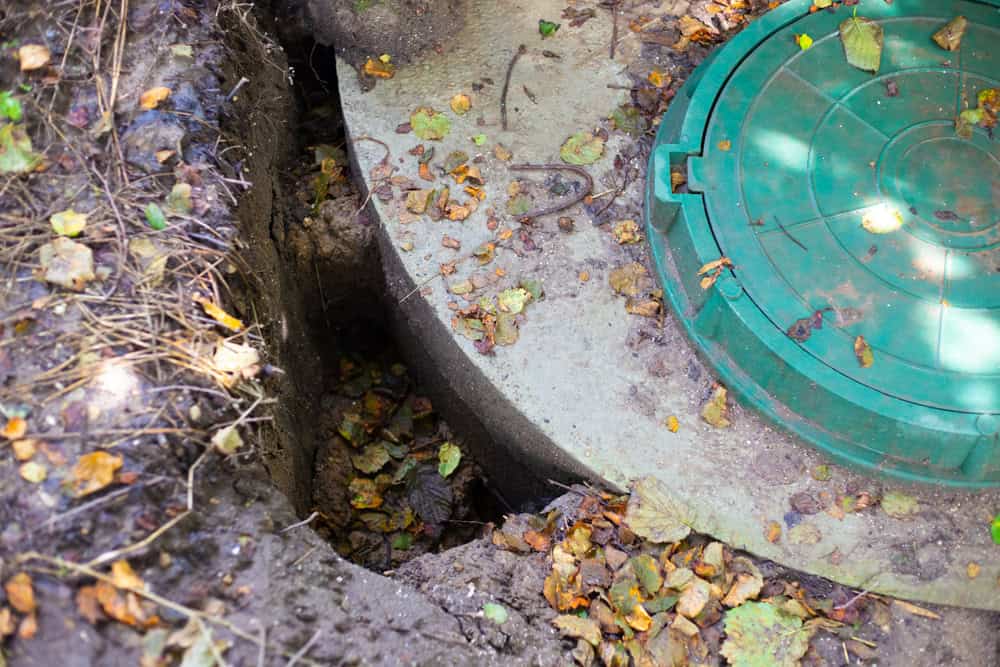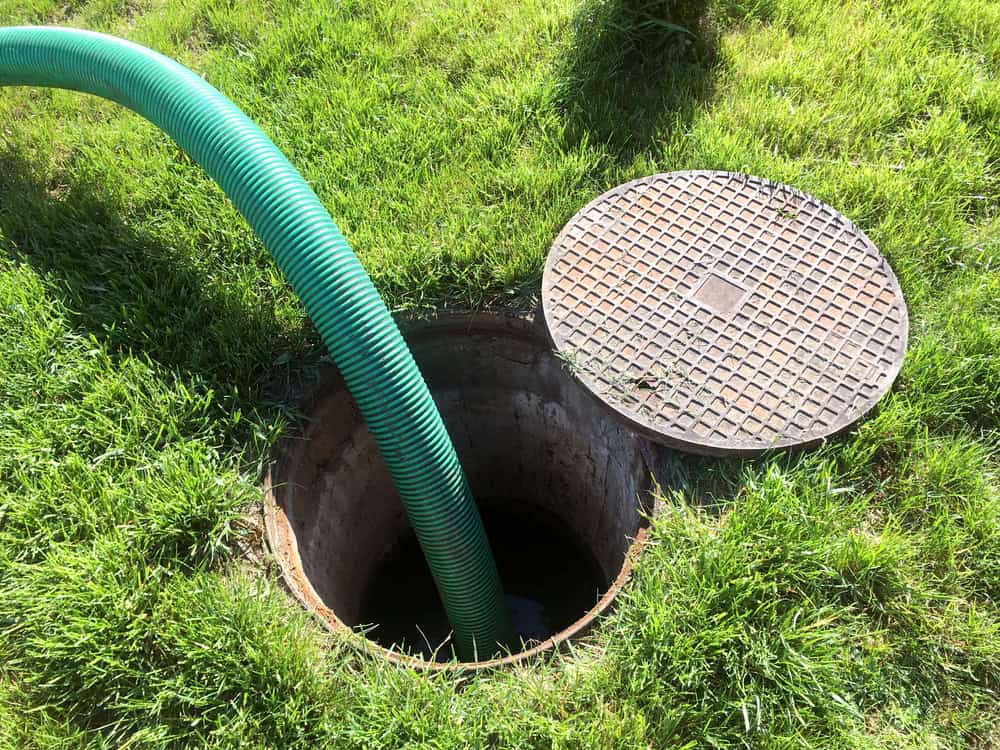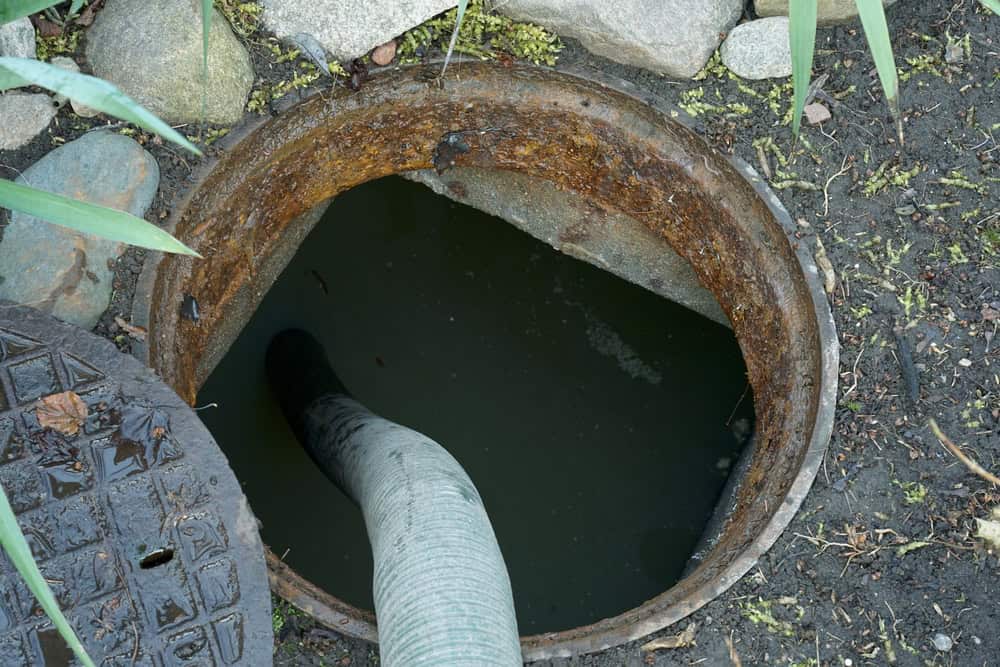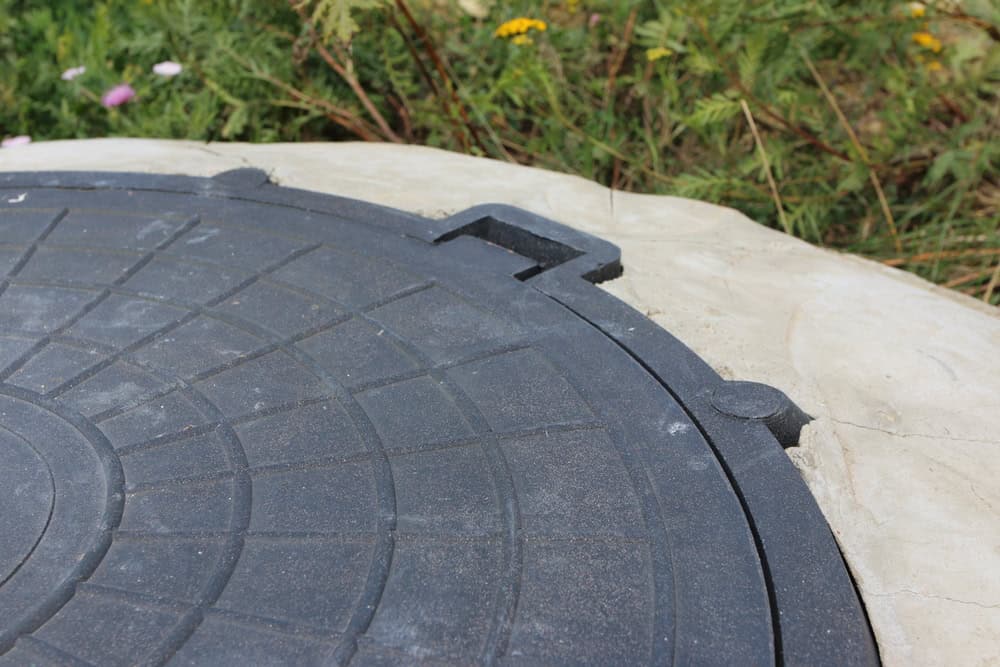Cesspool Service in Great Neck, NY
Reliable Cesspool Services
What our clients say




Why Choose Us?
Benefits of Our Cesspool Services in Nassau County, NY
- Regular cesspool maintenance prevents costly repairs.
- Cesspool inspection services ensure your system runs efficiently.
- Our residential cesspool services protect your home’s value.
- Commercial cesspool maintenance keeps your business compliant.

Our Expertise
Your Local Cesspool Experts
EZ Cesspool, located in Great Neck, NY, is dedicated to providing exceptional cesspool services. Our team of certified professionals is experienced in residential and commercial cesspool maintenance. We are proud to serve Nassau County and are committed to ensuring your cesspool system functions optimally. Contact us at 516-676-1199 for reliable service.

Our Process
How We Deliver
- Initial Inspection: Assess the condition of your cesspool.
- Routine Maintenance: Regular check-ups and cleaning.
- Repairs & Upgrades: Fixing issues and improving system efficiency.


Importance of Cesspool Services
Why It Matters
Cesspool management services are crucial for maintaining a healthy and safe environment. Routine cesspool maintenance helps prevent system failures and costly repairs. At EZ Cesspool, we specialize in both residential cesspool services and commercial cesspool maintenance. Our expert team in Great Neck, NY, ensures your cesspool system operates smoothly. Trust us for thorough cesspool inspection services and effective cesspool repair services. For professional cesspool services in Nassau County, contact EZ Cesspool at 516-676-1199.
View Our Septic Tank Services
About EZ Cesspool Long Island
Contact us
Before the Dutch and English settlers arrived on the peninsula of Great Neck in the 17th century, the Mattinecock Native Americans originally inhabited the shorelines of the peninsula. It was not until 1681 when the European settlers held the first town meeting. The Mattinecock or Metoac used Long Island Sound as a way to both fish and trade with others.
They referred to present-day Great Neck as Menhaden-Ock. It is speculated that they chose this name because of the large amount of fish in the area. With the arrival of the European settlers on the peninsula in the 1640s, Menhaden-Ock evolved into Madnan’s Neck. By 1670, Madnan’s Neck had further evolved into the current name Great Neck. Local legend has it that the name “Madnan’s Neck” is named after Anne (or Nan) Hutchinson. It is said that Anne Hutchinson tried to take over what is considered present-day Kings Point upon her arrival to the peninsula. However, Anne Hutchinson could not actually procure a land grant or deed for the land that she desired. Her temper supposedly earned her the nickname Mad Nan.
On November 18, 1643, the Hempstead Plains, which included the peninsula of Great Neck, was sold to the Reverend Robert Fordham and John Carman. In the beginning, the Mattinecock Indians and the European settlers cooperated and coexisted very well together. The Mattinecock would teach the settlers their knowledge of the land in exchange for new technology from the settlers. The settlers even started using the Indian currency of wampum. However, this peaceful coexistence would not last forever, and the relationship between the Mattinecock and the settlers quickly began to deteriorate. Settlers often began complaining of unfriendly Mattinecock behavior, claiming that the natives would damage their homes and hurt their cattle. On November 18, 1659, the settlers passed a law that forced the natives to pay damages for white property that they had damaged. The problem between the settlers and the Mattinecock natives over land and property kept growing and finally came to a head in 1684. A commission of settlers had been elected and given the power to appease the Mattinecock and their leader Tackapousha. Tackapousha was eventually paid off, and received 120 pounds sterling for his land. Tackapousha eventually died, and his body still rests at the Lakeville AME Zion Church’s cemetery on Community Drive, across the street from North Shore University Hospital. The Lakeville AME Zion Church is one of the oldest churches in New York State.
Learn more about Great Neck.